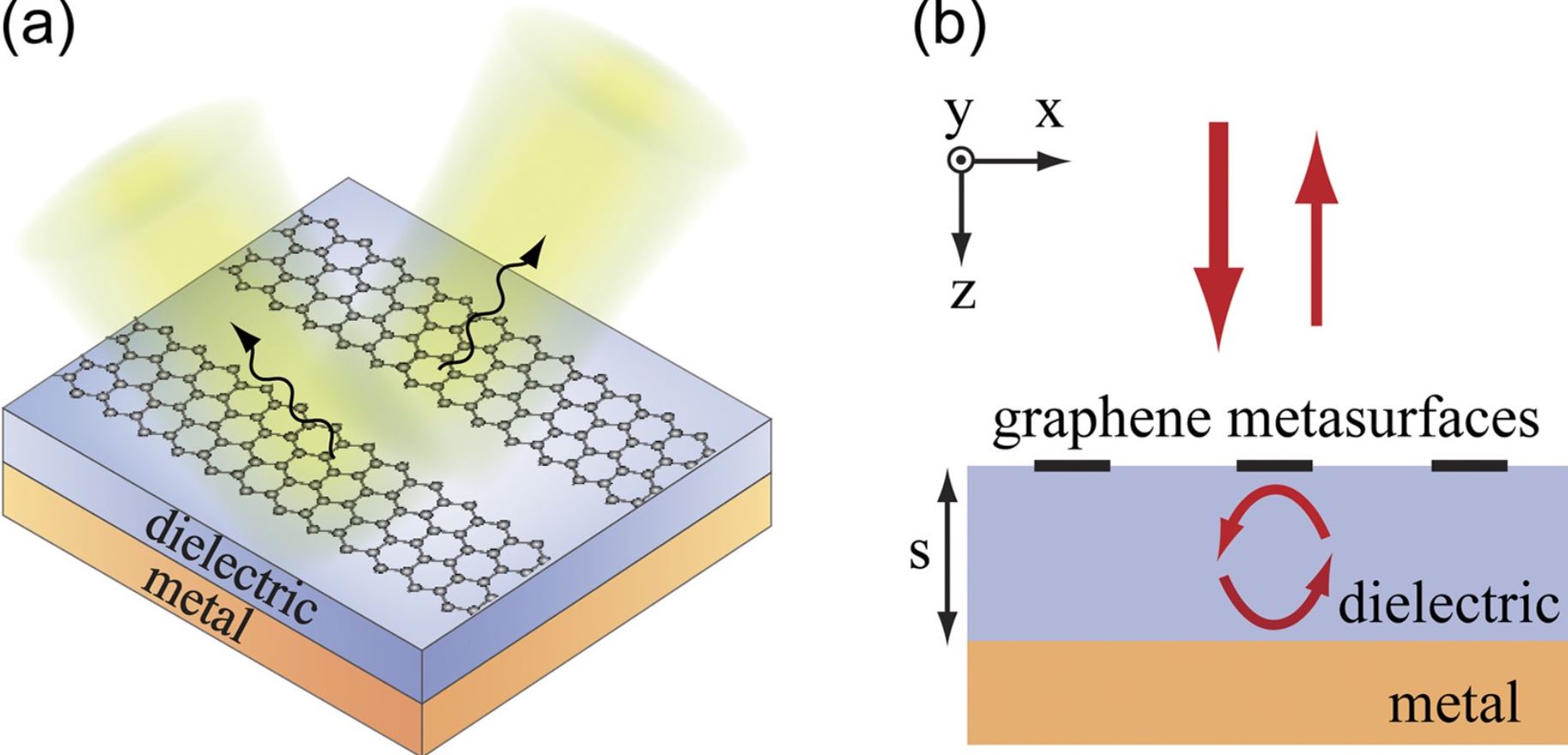 Imagine being able to control infrared light with precision. That’s exactly what researchers at Carnegie Mellon University have achieved with their latest innovation. They’ve created an electrically-programmable graphene field effect transistor (Gr-FET), which is a type of active metasurface. This exciting development could revolutionize how we use mid-infrared technology.
Imagine being able to control infrared light with precision. That’s exactly what researchers at Carnegie Mellon University have achieved with their latest innovation. They’ve created an electrically-programmable graphene field effect transistor (Gr-FET), which is a type of active metasurface. This exciting development could revolutionize how we use mid-infrared technology.
Developed in the labs of Sheng Shen and Xu Zhang, this device offers an unprecedented level of control over different wavelengths, directions, and polarizations of light. The potential applications are vast, from improving infrared camouflage to enhancing personalized health monitoring tools.
Lead author Xiu Liu, whose study is published in Nature Communications, explains, “For the first time, our active metasurface devices exhibited the monolithic integration of the rapidly modulated temperature, addressable pixelated imaging, and resonant infrared spectrum.” The construction of this device involves gold array pixels working with a single graphene layer, which minimizes signal interference. This is crucial for creating densely packed, independently addressable pixels.
Zexiao Wang, a Ph.D. candidate in mechanical engineering, highlights the security benefits: “This breakthrough allows for scalable 2D electrical writing for densely packed, independently addressable pixels.” Such technology could be pivotal in preventing side channel attacks, which exploit sensitive information by monitoring temperature variations. By camouflaging thermal emissions, the Gr-FET device adds an extra layer of security.
Shen, one of the project leads, is optimistic about the future: “We aren’t too far off from seeing this technology integrated into our lives,” he says, projecting its integration in the next five to ten years. The development also includes a specialized circuit, led by Tianyi Huang, another Ph.D. candidate, which allows the device to operate independently or integrate with existing technologies.
Yibai Zhong, also a Ph.D. candidate, shares some exciting applications: “This device is scalable. It could be used on a chip to prevent side channel attacks by camouflaging existing thermal emissions with misleading, programmed emissions. On the other side, it could be worn in a garment to detect breast cancer cells.”








